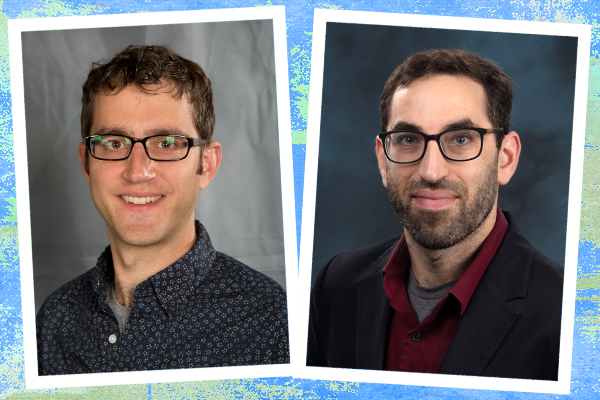M. Hoffman and B. Sulman Receive Early Career Research Program Awards
The U.S. Department of Energy (DOE) has announced the selection of 76 scientists from across the nation – including 26 from DOE’s national laboratories and 50 from U.S. universities – to receive significant funding for research as part of the DOE Office of Science’s Early Career Research Program. The effort, now in its eleventh year, is designed to bolster the nation’s scientific workforce by providing support to exceptional researchers during crucial early career years, when many scientists do their most formative work.
Under the program, university-based researchers will receive grants for at least $150,000 per year and researchers based at DOE national laboratories will receive grants of $500,000 per year, typically. The research grants are planned for five years and will cover salary and research expenses.
Two of the recipients are the E3SM scientists: Matthew Hoffman, Los Alamos National Laboratory and Benjamin Sulman, Oak Ridge National Laboratory.
Hoffman’s research project, “Creating a Sea-Level-Enabled E3SM: A Critical Capability for Predicting Coastal Impacts,” aims to improve projections of how future sea level will vary around the globe by adding the ability to predict regional sea-level changes directly within E3SM. This is a capability currently missing from Earth system models. This new approach will be used to assess the accuracy of existing methods that rely on adding disparate, non-interacting contributions to sea level. The project can provide a tool for predicting regional sea level targeted to agency needs and allow E3SM to address future coastal impacts of a changing climate.
Sulman’s project, “Simulating Estuarine Wetland Function: Nitrogen Removal, Carbon Sequestration, and Greenhouse Gas Fluxes at the River-Land-Ocean Interface,” will study how wetlands respond to interactions between freshwater from rivers and saltwater from the ocean, which drive high ecosystem productivity and dynamic carbon and nutrient cycling. The research will aim to understand the current and future role of estuarine wetlands in coastal carbon and nitrogen cycling at scales, from the estuary landscape to the continental coast by simulating estuarine wetland processes in the E3SM Land Model.
In addition to M. Hoffman and B. Sulman, two other scientists received awards for projects connected to Earth and Environmental Systems Sciences (EESM). They include:
- Trevor Keenan, University of California – Berkeley
- Christina Patricola, Iowa State University



